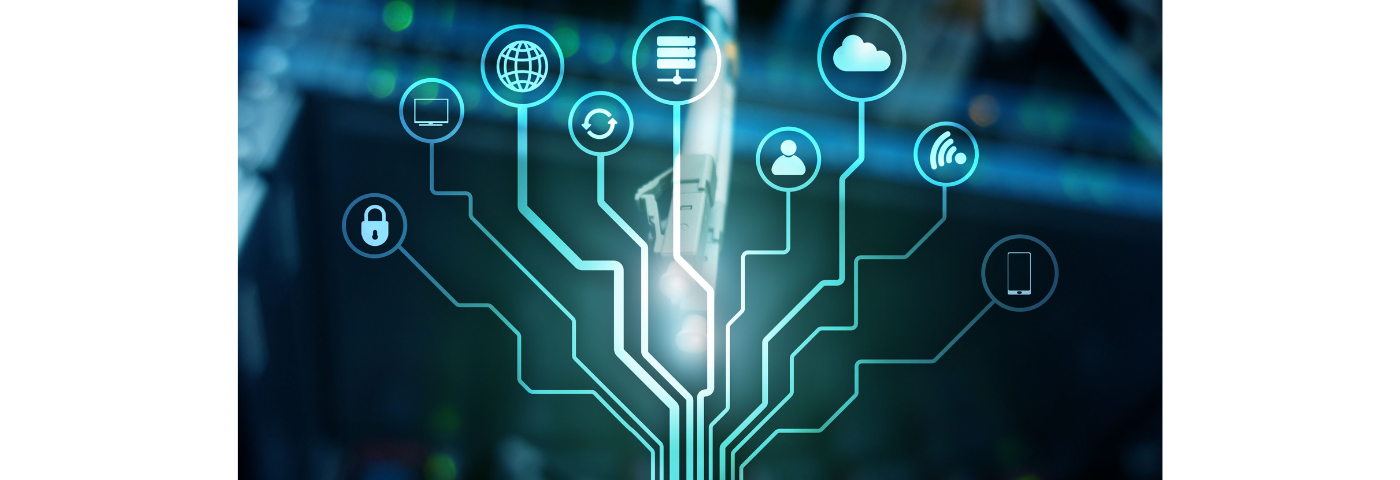
In today’s digital age, cybersecurity has become more crucial than ever. With the rapid advancement of technology and the increasing reliance on digital platforms, the threat landscape has expanded, making robust cybersecurity measures imperative for individuals and organizations alike. This blog will delve into the importance of cybersecurity, common threats, and best practices to safeguard your digital assets
Why Cybersecurity Matters
Cybersecurity is essential because it protects all categories of data from theft and damage. This includes sensitive information such as personal data, intellectual property, and government and industry information systems. Without robust cybersecurity measures, your data is at risk of exploitation, leading to severe financial and reputational damage.
Common Cybersecurity Threats
Phishing Attacks: Phishing remains one of the most prevalent cyber threats. Attackers use deceptive emails or websites to trick users into revealing sensitive information, such as usernames, passwords, and credit card details.
Ransomware: This malicious software locks users out of their systems or data until a ransom is paid. Ransomware attacks can cripple businesses, leading to significant downtime and financial losses.
Malware: Malware includes viruses, worms, trojans, and spyware designed to infiltrate and damage systems. It can lead to unauthorized access, data theft, and system disruption.
Social Engineering: Cybercriminals manipulate individuals into divulging confidential information. This can be through direct interaction or by exploiting trust to gather sensitive data.
Insider Threats: Employees or associates with access to critical information can pose a significant threat, either intentionally or unintentionally, by compromising data security.
Best Practices for Cybersecurity
Strong Passwords: Use complex and unique passwords for different accounts. Consider using a password manager to keep track of them securely.
Multi-Factor Authentication (MFA): Adding an extra layer of security through MFA can prevent unauthorized access even if passwords are compromised.
Regular Software Updates: Ensure that all software, including operating systems and applications, is up to date to protect against known vulnerabilities.
Data Encryption: Encrypt sensitive data both at rest and in transit to ensure it remains secure even if intercepted.
Employee Training: Regularly educate employees about cybersecurity best practices, phishing scams, and the importance of maintaining security protocols.
Backup Data: Regularly back up data to ensure you can recover it in the event of a cyber attack. Store backups offline to protect against ransomware.
Network Security: Use firewalls, antivirus software, and intrusion detection systems to protect your network from malicious attacks.
Access Control: Implement strict access controls to ensure only authorized personnel have access to sensitive information.
Conclusion
In the face of evolving cyber threats, prioritizing cybersecurity is non-negotiable. By understanding common threats and implementing best practices, you can significantly reduce your risk of falling victim to cyber attacks. Stay vigilant, stay informed, and take proactive steps to protect your digital frontier.
For more information and resources on cybersecurity, consider visiting reputable websites like the National Institute of Standards and Technology (NIST) or the Cybersecurity and Infrastructure Security Agency (CISA).
